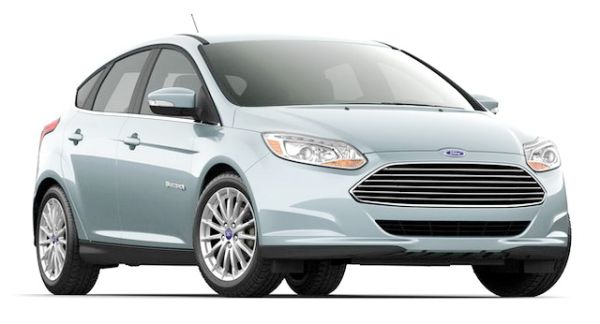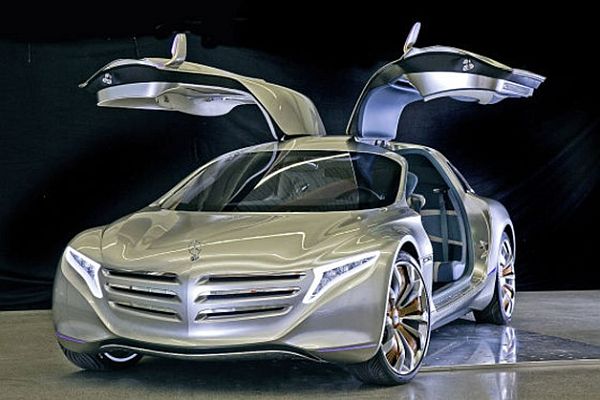Global oil crunch
A World Bank spokesman recently warned that a global oil crunch could happen as early as 2015 with prices climbing over $150 a barrel from the current $95 – 97 level. From the first global oil shock of 1973 when the oil prices doubled from $25 to over $50 per barrel, there have been several periods of sudden rise in oil prices following some price softening, though the trend of oil prices have always been upward. The past cases of price hikes were by cut-backs in oil production by the OPEC ( Oil Producing and Exporting Countries) as a geo-political tactic. As soon as the OPEC restored production levels, the oil prices fell back.
The new price spike, however, is predicated on the world demand for oil exceeding supply. The global oil production has stagnated at around 89 million bpd (barrels per day) for the past three years. New oil capacity coming on stream barely equals declining output from operating oil wells. The demand from China alone is projected to grow from the present 9 million bpd to 15 million bpd by 2015. There is similar high growth expected from other emerging economies.
The transportation industry is the major user of oil. Some 70 million cars and over 50 million motorbikes and other petrol using vehicles are being made at present. This number is set to increase rapidly as the large populations in the emerging economies lift themselves up from low income levels. Oil is also needed for a number of other end uses including production of petrochemicals, plastics and fertilizers. If the transportation industry could begin to substitute oil with other fuels, it would reduce pressure on oil demand and price increase.
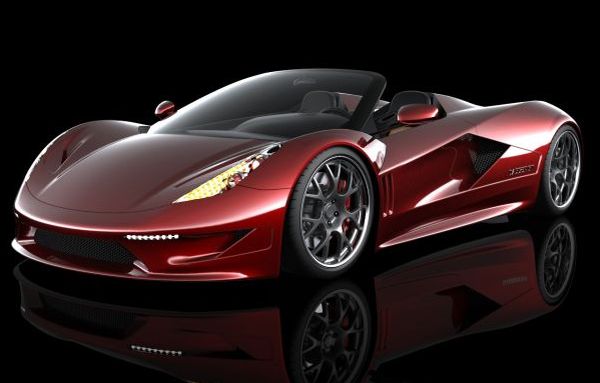
Threats of global warming
In addition to the emerging demand-supply imbalance, the continued use of oil for transportation complicates the problem of containing carbon emissions. Over 40 percent of global carbon emission is from oil usage and another 40 percent from coal based power generation. From large central carbon emission points like power plants or process industries, there could be the option of carbon capture and sequestration as a means of containment until clean energy solutions including renewables become widely adopted. It is impossible to capture emissions from the millions of transport vehicles. New technologies like electric vehicles are still some way from being fully acceptable.
The rise of flex fuel vehicles
The internal combustion engines used in transportation vehicles work not only with gasoline (petrol and diesel), but also with other fuels such as compressed natural gas (CNG), methane and ethanol. After the first oil shock of 1973, ethanol made from farm produce began to be blended with gasoline. It was initially blended to the extent of 10 to 15 percent but now there is the E85 blend which is 85 percent ethanol and 15 percent gasoline. CNG vehicles have become accepted for city transportation vehicles even in the emerging economies. Methane gas from municipal landfills and other waste processing facilities is being used in Europe for both transportation and home heating applications. In the future, coal bed methane could emerge as a plentiful energy source.
These alternative energy sources have not become popular with personal transport vehicles like cars, mainly because the filling stations for these fuels have not become as commonplace as gasoline filling stations. Car makers have not introduced alternative fuel cars because buyers are concerned with convenient fuel availability. Alternative fuel outlets have not grown in numbers since there is very little demand. Some of the same issues are impacting acceptance of electric vehicles.
The need, therefore, is for car makers to develop vehicles that can carry and use multiple fuels at the same time. A hybrid electric vehicle is one example of a multi-fuel vehicle, which uses two different but complementary drive technologies. Auto makers have demonstrated that multi-fuel vehicles are possible and practical in various sizes of passenger cars. Two of the auto majors had displayed concept cars in auto shows of 2006 but have not, thereafter, taken the idea forward to commercial production. In 2011, a racing car has been designed with a multi-fuel engine. These trends, summarized below, indicate the that the auto industry can make flex fuel cars a reality. Once multi-fuel vehicles become available, the normal market forces of demand, supply and price would help the alternative fuels gain acceptance and reduce dependence on oil.
Current trends
1. Multipla Multi-Eco: Fiat to run on gasoline, methane and bio-ethanol

Fiat displayed this concept car at the 2006 Paris Auto Show. This car had three separate fuel tanks, one for regular gasoline, the second for methane gas and the third for E85. The driver can choose between these different fuels by a switch selection and the electronic fuel monitors would adjust combustion characteristics of the engine to accept these fuels.
The Multipla Multi Eco concept was developed from Fiat’s very popular entry level car named the Panda Panda. It was first offered for dual fuel operation with gasoline and methane gas. In the concept car, the E85 was added with the view that the car model could be used in different parts of the world with the fuel available there.
2. Trans Star Racing Dagger GT
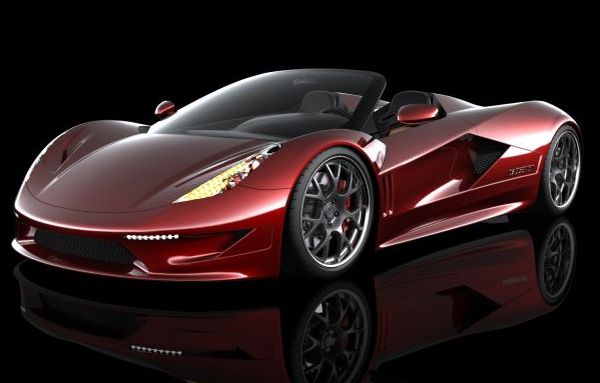
This handcrafted 2011 Racing Dagger GT is capable of 2000 hp power and 2000 lb-ft of torque and can accelerate 0-60 mph is 1.5 seconds. This car can reach a top speed of 300 mph and expects to break land speed records in the coming racing car season.
This racing car is fitted with a multifuel engine made by Nelson Racing , that can run on gasoline, methanol, hydrogen or ethanol delivered from two separate tanks, one for liquid fuels and the other for gaseous fuels. This engine helps demonstrate that alternative fuels do not impede car performance.
3. Volvo Multifuel Concept Car
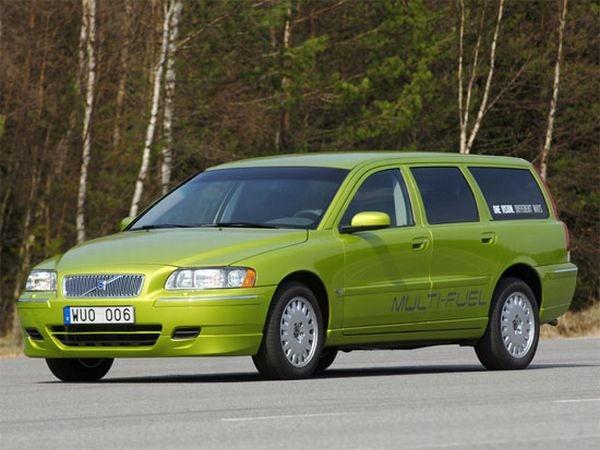
This mid-size family sedan of 2006 vintage from Volvo featured the use of 5 different fuels, two of them liquids and three gaseous fuels. The liquid fuels were gasoline and E85 and the gaseous fuels were natural gas, biomethane and hythane which is a mixture of 90 percent methane with 10 percent hydrogen. Two separate tanks had been fitted in the car. A 29 liter tank for liquid fuels and a 98 liter tank for the gaseous fuels. The car user can fill any of these fuels based on cost and availability.
Advantages of MultiFuel Vehicles
Multi-fuel vehicles would help level the playing field between gasoline vehicles which benefit from 100+ years of motoring infrastructure and the alternative fuels which are struggling to find acceptance. Once the car user has the confidence that he will be able to refill any fuel, he will naturally choose the most economic alternative. This will help contain petroleum usage and its prices and create a strong market pull for the alternative fuels.
What needs to be improved?
Besides the infrastructure issues of alternative fuels availability, there is the need to build operating experience with alternative fuels. In the past, there have been some issues with increased erosion of engine components with ethanol and also wax formation in ethanol blended fuels at low temperatures. Such technology issues can get solved only if multi-fuel vehicles come into the mainstream with the volumes that can attract attention and funding.



